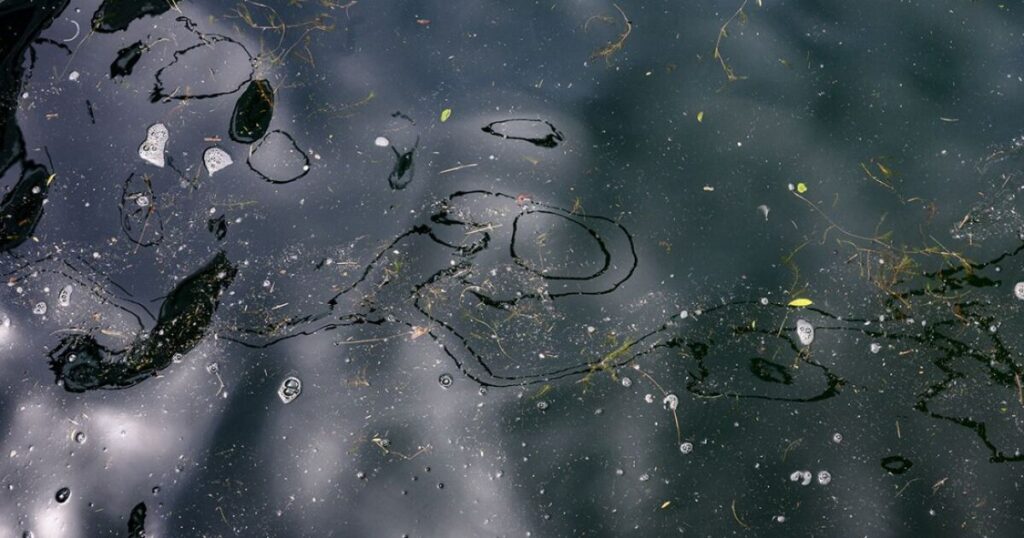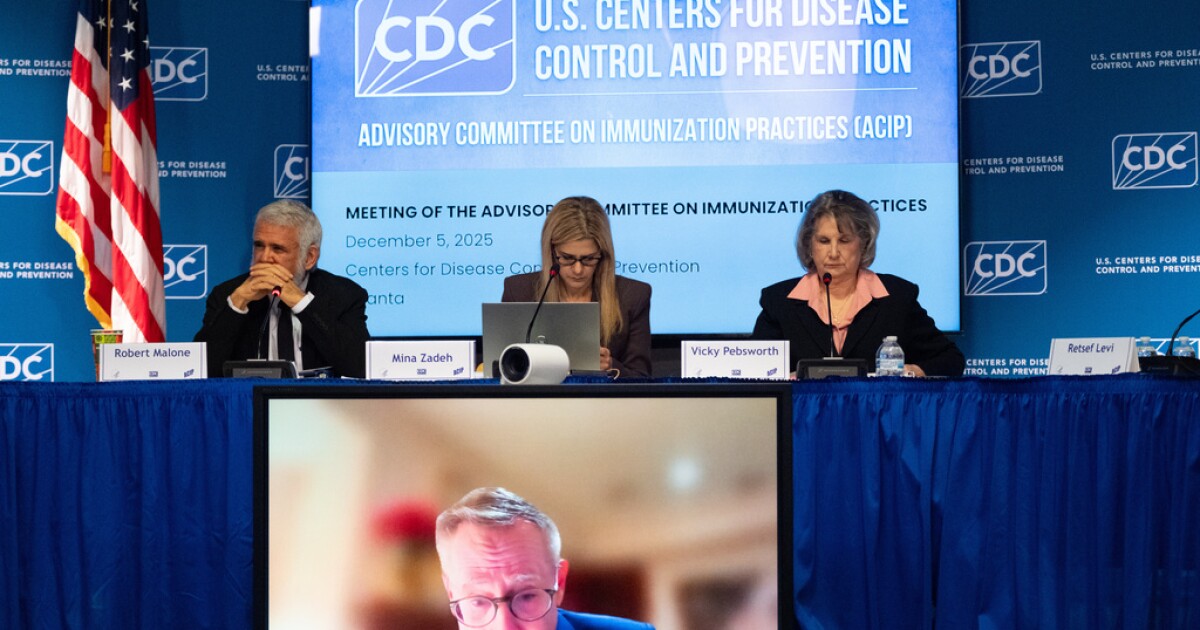Microplastics have become a growing concern in the Great Lakes region, prompting the Michigan Department of Environment, Great Lakes, and Energy (EGLE) to convene a summit dedicated to addressing this issue. Scheduled during Microplastics Awareness Week, an initiative recently declared by Governor Gretchen Whitmer, the summit aims to disseminate recent findings on microplastic pollution.
The comprehensive study on microplastics in the Great Lakes, supported by a $2 million grant, is a significant focus for EGLE, extending through 2029. Jeff Johnston, a spokesperson for EGLE, highlighted the capacity expansion facilitated by the funding, noting, “It enabled us to hire two additional staff people to work on this.”
To establish a baseline for future comparisons, EGLE is devising a five-year surface-water sampling strategy. Eddy Kostelnik, an environmental quality analyst at EGLE, observed a concerning trend in microplastic pollution: “We have slowly gotten more and more research showing that microplastics are everywhere, across all the Great Lakes that are sampled,” he explained, describing the situation as ‘ubiquitous.’
Sources of microplastics identified by EGLE include synthetic textiles, automotive tires, fishing equipment, and industrial materials known as nurdles.
Despite studies indicating potential “adverse health effects,” Johnston emphasized the need for further research to fully understand the implications of microplastics on public health, as current research remains limited.
Kostelnik pointed out that urban areas, characterized by higher litter levels, are hotspots for microplastics. Johnston stressed the importance of raising public awareness, noting that microplastics are not only prevalent in water but also in air and soil, with Michiganders regularly inhaling and ingesting them.
Microplastics accumulate in the food chain, becoming more concentrated in higher trophic levels as animals ingest contaminated prey. This finding underscores a significant environmental challenge, with Johnston estimating that 10,000 metric tons of plastic infiltrate the Great Lakes annually.
Understanding the extent of microplastic pollution is crucial, Johnston remarked, highlighting the pervasive interaction with plastics in daily life. “When you understand the damage these products can do in the long term to our environment, that should be a motivator to a lot of people to be mindful when to choose plastics and when to look for alternatives,” he stated.
Johnston concluded with a warning: “Unless we start to find ways to reduce that amount and remove some material, we’re heading for bigger problems down the road.”
—
Read More Michigan News










